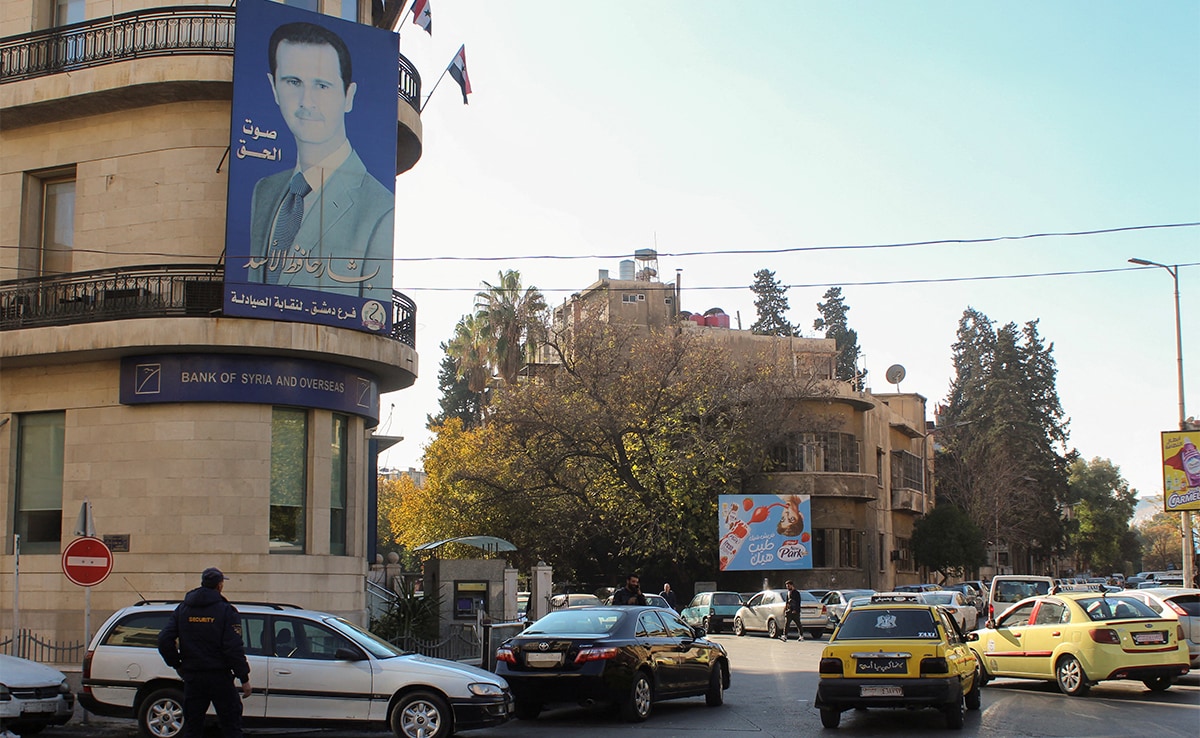Damascus has fallen. Once again. One of the oldest cities in the world has fallen. To rise again from its rubble, heralding a new order. In its rise and fall, Damascus has lessons for all civilisations, all rebels, and all regimes.
It was in July 2012 that rebels penetrated Damascus, hitherto considered inviolable. Both the regime and the rebels understood its importance—military and symbolic. The rebels advanced to the heavily militarised capital of Syria but did not make any real gains. A year later, in August 2013, the Syrian regime launched Operation Capital Shield. The capital had to be shielded, and any amount of force was acceptable to thwart any rebel attack. The city was safeguarded through the use of disproportionate force against rebels operating from around Damascus. Only temporarily so. Eleven years later, the regime has fallen. For the sixth time, at least, since the 1st century AD Roman conquest of Damascus’s Seleucid empire.
The Cycle Of Power
Not only has Damascus seen violent regime changes, it has also experienced ethnic and religious clashes, including the Crusades. But in almost every significant clash—civilisational or political—one thing has stayed common: recapturing of the lost ground. The cyclical nature of power. The centuries-old unabated contestation on the socio-political turf of Damascus has defined its character. The current developments in Syria, therefore, ought to be examined through a more expansive glass of history and culture.
Peter Frankopan’s The Silk Roads underscores the importance of Damascus as an emporium adjacent to one of the most thriving trade routes of the world. Despite no easy access to the Mediterranean Sea, it was in the league of great cosmopolitan cities such as the Byzantine Constantinople (Istanbul), the Greco-Roman Antioch, and the old Chinese capital city of Chang’an. Its early embrace of agricultural practices owing to the natural inland water systems of the Barada River and investments in irrigation infrastructure made Damascus a land of plenty.
Even at the peak of Christian-Muslim religious clashes around the 10th century AD, traders had a breezy time in Damascus. Muslim traders from Spain, for example, were protected by the Christians of Damascus. For one of the oldest inhabited cities of the world, with no religious underpinnings originating from any religious text, trade was vital. Traders, the outsiders, were therefore immune to the local political and religious strife. Damascene society depended on the “outsiders” to retain its regional power as a seat of sociocultural dominance. Damascus, as perceived today, is essentially a result of four centuries of Ottoman rule that came to an end with the First World War. The city was the seat of the Turkish Wali.
Lands Of ‘Outsiders’
Damascus, curiously, wasn’t ruled by a local dynasty ever since the overthrow of the Aram-Damascus kingdom in the eighth century BC. This feature makes Damascus closer to Delhi than its Phoenician, Judean, and Arab neighbours. The “outsiders” soon started becoming the insiders, and the city evolved. Delhi has this in common with Damascus and lessons from the latter are, therefore, pertinent to us.
The Assad regime’s rise and fall alerts us to the limitations of liberalism when it stays within the elite confines. It is always prone to crumbling under the weight of popular mobilisation. The mainstay of Syria’s multicultural nature was consociational engagements between different ethno-religious groups at different times in history. The Assad regime’s politicisation of the Syrian society’s multiculturalism was self-serving. After the military coup of 1970 that installed Hafez al-Assad as a totalitarian ruler, all forms of dissent began to be crushed, ironically, by the ruling Ba’ath Party, the regional champion of dissenters in the Arab world.
When liberalism gets weaponised thus, it spells doom for not just the conservatives but also the quintessential liberal values. Bashar al-Assad carried forward this legacy of his father with more zeal and ruthlessness. The rebellion against him, therefore, needs to be seen as not only political but also socio-religious. The Sunni Muslims of Syria, the majority group, clearly had had enough of the marginalisation heaped on them by the Alawite (Shia) Assad family and their acolytes.
Liberalism And Liberals
This should appear familiar to us. The undermining of liberal values by liberals themselves, the ascent of conservative forces, the politics of exclusion, and the many fires of violent ethno-religious clashes, we have seen it all. Politics of exclusion, even when the most inclusionary players indulge in it, never ends well. The civil war in Syria needs to be seen as another element in the continuum that has the return of the Taliban in Afghanistan, the Islamic Revolution of Iran of 1979, the reactionary overthrow of the Kemalist order in Turkey by Erdogan, and the fall of Sheikh Hasina in Dhaka as landmark events.
Immediately after the fall of Damascus, scenes of celebrations (and looting) started flooding the news and social media. Impervious to them, Israel moved to plant its flag beyond the earlier buffer zone. And this is the lesson Delhi’s regime and rebels must pay heed to.
(Nishtha Gautam is a Delhi-based author and academic.)
Disclaimer: These are the personal opinions of the author
Waiting for response to load…
















